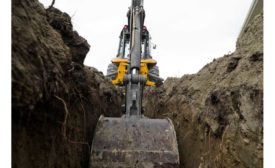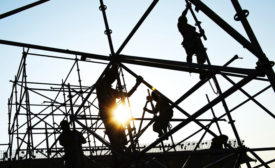A NIOSH Science Blog post
Elizabeth Garza
Elizabeth Garza, MPH, CPH, is Assistant Coordinator for the Construction Sector in the NIOSH Office of Construction Safety and Health. She works in the NIOSH Office of Construction Safety and Health.
ARTICLES
A NIOSH Science Blog post
Construction fall fatalities still highest among all industries: What more can we do?
April 11, 2019
Never miss the latest news and trends driving the safety industry
eNewsletter | Website | eMagazine
JOIN TODAYCopyright ©2024. All Rights Reserved BNP Media.
Design, CMS, Hosting & Web Development :: ePublishing


